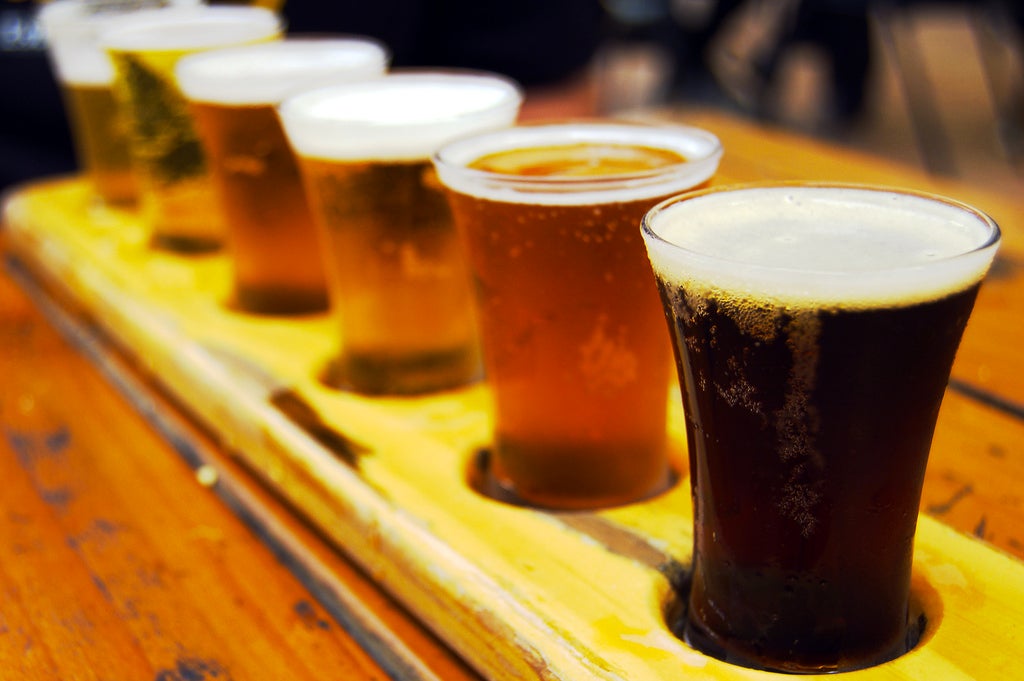Alcohol: The Nonnutritive Nutrient

Know your limits, and be aware of how they change with your training and fitness level.
One might expect that endurance athletes would be among those inclined not to drink alcohol, given their greater awareness of health issues and their desire to perform well in training and competition. Still, many who do drink may not be aware of how it can affect their athletic performance. It is important for an athlete to use alcohol sensibly, as it does not play any role in physical recovery and could have mild to serious detrimental effects upon performance. Abuse of alcohol can impair health by contributing to cirrhosis of the liver and other diseases, and drunk driving is always dangerous and irresponsible. Alcohol abuse can lead to many kinds of health and social problems. But let’s take a look at the implications of alcohol specifically for endurance sports enthusiasts.
Although alcohol is considered a drug, it provides calories just as foods do. But as far as your body is concerned, alcohol is merely an onslaught of empty calories. These calories are not used for energy in the same way as carbohydrates, proteins, and fats. Beer and wine contain only small amounts of carbohydrates and only trace amounts of protein, vitamins, and minerals. In fact, alcohol can interfere with how your body uses vitamins and minerals. Half an ounce of pure ethanol is the equivalent of one drink—that is, 12 ounces (360 ml) of beer (150 calories), 4 ounces (120 ml) of wine (100 calories), or 1.25 ounces (38 ml) of liquor (100 calories). Despite originating from fermented carbohydrates, alcohol is metabolized in your body as fat. Alcohol by-products are converted into fatty acids, which are stored in your liver and sent to your bloodstream. For this reason, alcohol is not the best nutrient choice if your goal is to be a lean athlete. Consuming four or more drinks daily raises your odds of developing obesity by 46 percent.
RELATED: 11 Places To Race And Drink
In the media much has been made of alcohol’s protective effects against heart disease. Like fruit and vegetables, red wine and dark beer contain antioxidants called polyphenols, which are believed to protect against cancer. But while moderate amounts may raise the desirable and protective high-density lipoprotein cholesterol (HDL), too much alcohol may actually increase your risk of heart disease. Three or more alcoholic drinks daily can raise your blood pressure as well as the level of harmful blood fats in your body called triglycerides, which, when combined with a low amount of the good cholesterol, HDL, make for a health profile associated with an increased risk of heart disease. Consumed in excess over a long period, alcohol may not only elevate blood pressure but also increase the risk of stroke and, of course, liver damage. Excessive intake of alcohol also increases risk of mouth, esophageal, stomach, liver, breast, and colon cancer. Even one drink a day can slightly raise breast cancer risk in women. Chronic alcohol abuse also increases the risk of developing osteoporosis and can accelerate aging of the brain.
Consuming too much alcohol too soon after training or racing can impede recovery. Alcohol is a diuretic that causes your body to lose more fluid than it takes in. That’s why you need to replace losses even after drinking moderate amounts of alcohol. Alcohol may also interfere with glycogen or carbohydrate fuel synthesis in the muscles and liver. Athletes with soft tissue damage or bruising may also want to consider that alcohol is a blood vessel dilator. Consuming alcohol after exercise may aggravate swelling or bleeding and impair healing.